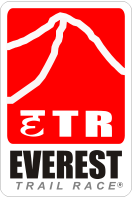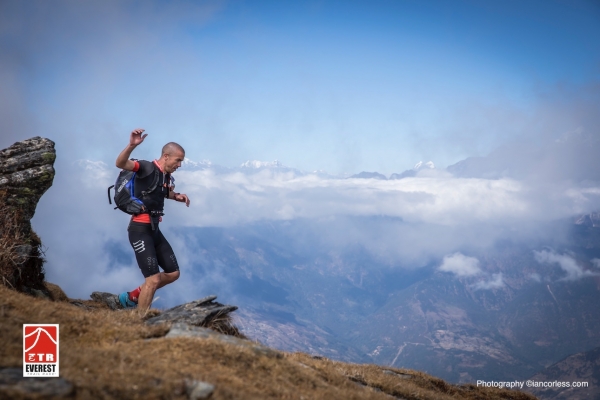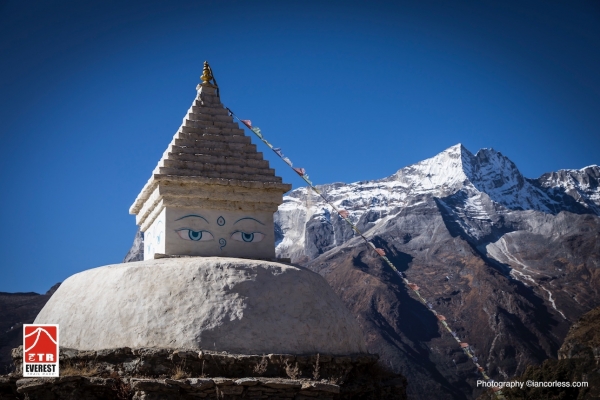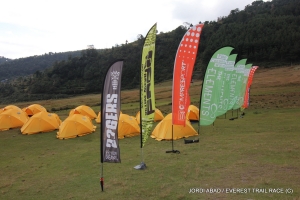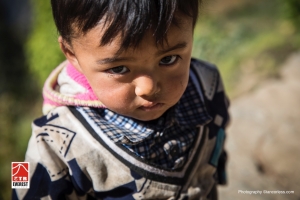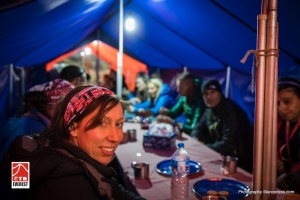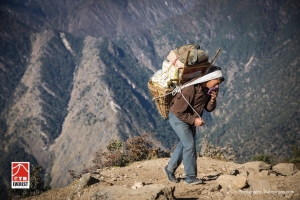EVEREST TRAIL RACE
The Everest Trail Race (ETR) is a foot race with several stages, with free style and technical material self-sufficiency. Along six days runners must cover a distance of approximately 160 km., with a difference in altitude of more than 29,000 m. Each participant must carry their personal equipment and materials required, established in the Regulations of the ETR.
The ETR takes place in the Himalayas of Nepal and specifically in the area of Solukhumbu, between 2,000 and 4,100 meters altitude. It is divided into six stages of approximately 22 km., 24 km., 37 km., 28 km., 20 km and 30 km., respectively, and the daily difference in altitude (+/-) goes from 3,200 to 6,600 m. Certainly this is a demanding race, suitable for those who want to test their physical and psychic abilities in a unique environment. The ETR is a race with free style. For this reason it is recommended to both elite athletes and mountain walkers with a good physical condition.
The ETR is not a race with a required self-sufficiency in food. The Organization is responsible for meals and supplies, both along the route and in the camps at each stage ending. The section on self-sufficiency is only restricted to personal technical equipment and material required (sleeping bag, warm clothes, hat, thermal blanket, etc ….), which must be carried by the runner during the trial, taking into account the weight ratio of the chosen material and the low temperatures occurring in the area.
The landscape is undoubtedly one of the main protagonists: Everest, Lhotse, AmaDablam, Tamserku, Kangtega, Makalu, Kanchenjunga … are also key players. The vision of the Himalayan giants is an added value to the race.
The race is a challenge for both runners and Organization. The area is only accessible by walking, just as traditionally done by its inhabitants Sherpa, Rais,Tamang, etc. … They will be the daily Solukhumbu viewers and they will partly take part of the staff beside the race officials, medical staff, timekeepers, logistics staff etc..
